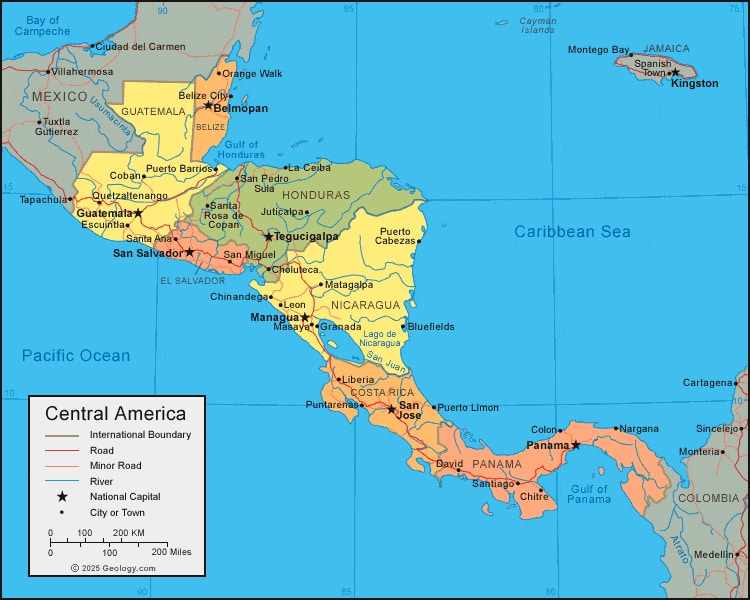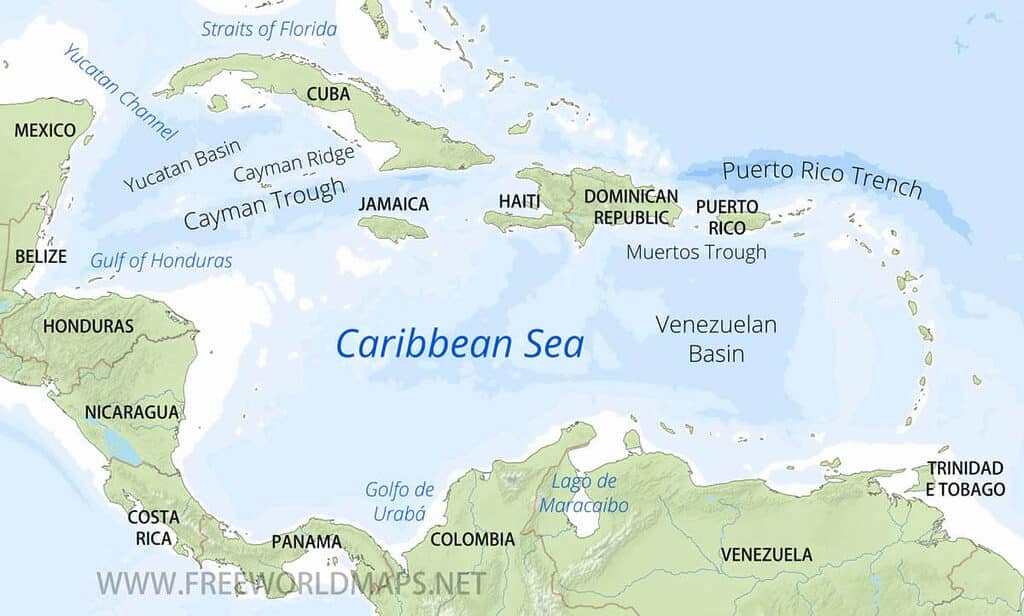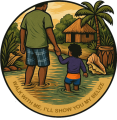Is Belize Part of Central America? Yes — But It's Unlike Any Other
It’s the only English-speaking country in Central America.
It has Caribbean rhythms, Maya roots, and a coastline that touches the second-largest barrier reef in the world.
So yes — Belize is part of Central America.
But it’s also the part that’s hardest to define and most worth understanding.
🧩 What Central America Is
Central America is a narrow land bridge that connects North and South America. It’s made up of seven countries: Belize, Guatemala, Honduras, El Salvador, Nicaragua, Costa Rica, and Panama.
The region is squeezed between two great bodies of water — the Pacific Ocean on one side and the Caribbean Sea on the other. It’s a place of volcanoes and rainforests, hurricanes and earthquakes, migration and cultural exchange.
Most of Central America shares a Spanish colonial history, Catholic traditions, and Spanish as the dominant language. Belize is the exception — and that difference is what makes it stand out.
🌎 Belize on the Map — But Not Always in the Mind
Geographically, Belize is in the heart of Central America:
- Bordered by Mexico to the north
- Guatemala to the west and south
- And the Caribbean Sea to the east
But many travelers skip over it in their mental map.
It doesn’t fit neatly into the “Latino world.”
It doesn’t match the all-inclusive Caribbean package either.
And that’s exactly why it matters.

🧬 A Country Formed by Movement and Mix
To understand Belize’s place in Central America, you have to see it as a meeting point — not just a place.
People arrived here:
- From Africa, through enslavement and freedom-seeking
- From Spain, through colonial violence and ambition
- From Mexico, fleeing the Caste War
- From Guatemala, carrying Maya memory
- From Jamaica, Honduras, China, India, Palestine, and beyond
Belize didn’t conquer.
It absorbed.
It became a refuge — and a reflection.
🇬🇧 English in a Spanish-Speaking Region
One of the most defining — and confusing — things about Belize:
It’s the only country in Central America where English is the official language.
This isn’t because we’re trying to be different.
It’s because our colonial history was British, not Spanish.
That means:
- Our schools teach in English
- Our government runs in English
- Our street signs, contracts, and newspapers are in English
But you’ll hear:
- Creole spoken with rhythm and wisdom
- Spanish in the north and west
- Garifuna along the coast
- Mopan and Q’eqchi’ in the south and hills
Belize isn’t a monolingual country.
It’s a linguistic coexistence.
🏛️ Maya Heartland — Not Just a Side Note
The Maya world didn’t stop at borders.
In fact, the western part of Belize was part of the Petén region, the same lowland jungle that holds Tikal in Guatemala.
Maya people still live here.
Still grow milpa.
Still keep their own calendars and customs.
When you visit Belize, you’re not seeing a ruin of the past.
You’re stepping into a living civilization that spans Guatemala and Belize — despite colonization, borders, and erasure.
🥁 Caribbean Vibe, Central American Soul
Belize is often seen as “more Caribbean” than Central American.
That’s not wrong — but it’s also not the whole story.
What gives us our Caribbean flavor:
- Our music (punta, brukdown, reggae)
- Our Garifuna culture on the southern coast
- Our barrier reef and cayes
- Our Creole language and rhythm of speech
What grounds us in Central America:
- Our Maya heritage
- Our mestizo towns
- Our independence struggles
- Our deep land knowledge
In Belize, you feel both currents.

🔍 Belize vs. Central America: Key Comparisons
| Aspect | Belize | Rest of Central America |
|---|---|---|
| Official Language | English (with Creole, Maya, Garifuna, Spanish spoken) | Spanish |
| Colonial History | Former British colony (British Honduras) | Former Spanish colonies |
| Coastlines | Caribbean Sea only — no Pacific Ocean access | All touch the Pacific; many have both Caribbean + Pacific coasts |
| Tourism Focus | Barrier Reef, cayes, Maya ruins, Garifuna & Creole culture, eco-tourism | Pacific surf, volcanoes, cloud forests, larger Maya sites (e.g., Tikal, Copán) |
| Identity | Caribbean + Maya + Creole + Garifuna mix | Predominantly Latino/Mestizo with Maya roots |
| Natural Hazards | Primarily hurricanes & coastal flooding; fewer and weaker earthquakes | Frequent and strong earthquakes, volcanic eruptions, plus hurricanes (esp. Pacific side) |
| Regional Ties | Member of both CARICOM and SICA (unique dual role) | Primarily part of SICA (Central American Integration System) |
🕊️ A Region of Conflict — A Country of Coexistence
Central America has been shaped by:
- Civil wars
- Military coups
- Migration crises
Belize’s story is different.
We’ve had tensions, yes — especially over our border with Guatemala.
But we’ve also been:
- A safe haven for refugees from El Salvador and Honduras
- A calm coast during times of regional unrest
- A land where cultures blended instead of burning
That makes Belize a soft power in the region — one that many don’t see, but deeply feel.
🌿 The Small Country With a Big Role
In tourism, politics, conservation, and culture, Belize often gets left out of Central America discussions.
But it’s:
- A regional leader in environmental protection
- A model of peaceful independence (since 1981)
- A connector between the Caribbean and the Maya world
When you zoom out, you’ll see:
Belize isn’t the outsider in Central America —
It’s the bridge.

